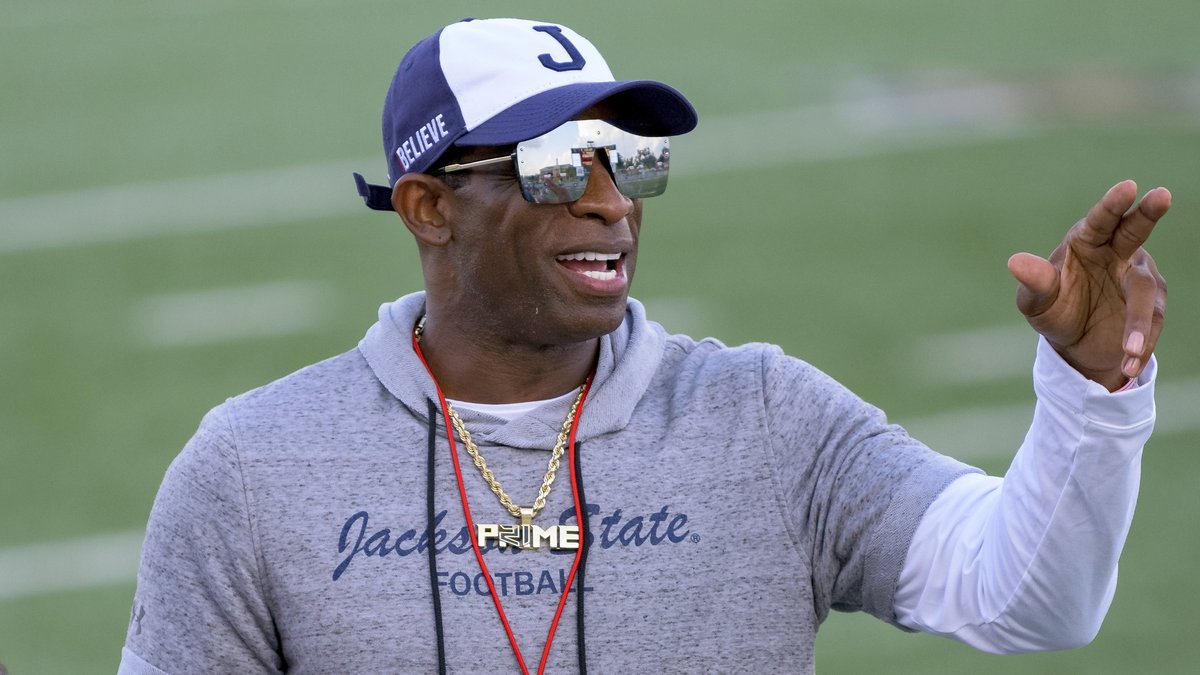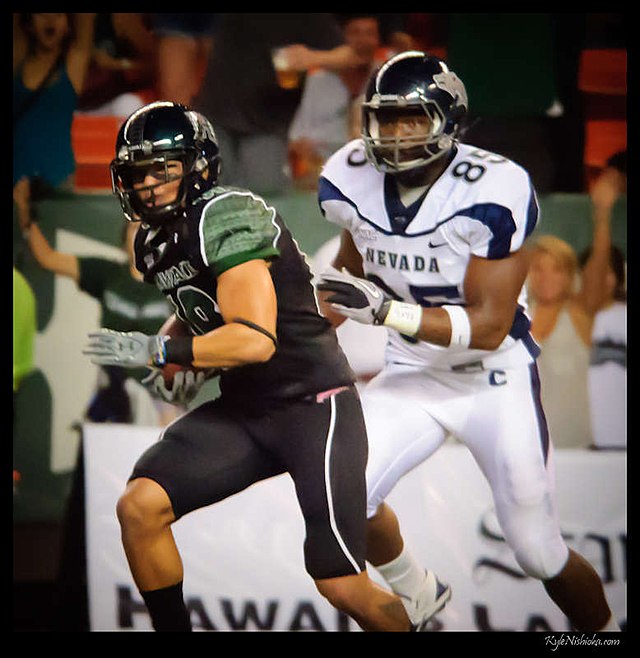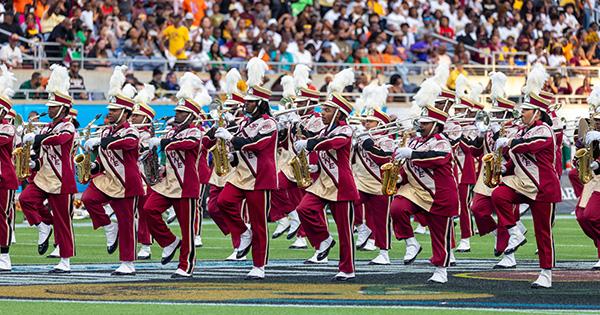What did we learn about ‘Prime Time?’
Earlier today, the University of Colorado introduced Deion Sanders as their new head football coach. Sanders, affectionately known as ‘Prime Time’ to his legion of fans, took his iconic talents from the gridiron to the sidelines when he became the coach of the Jackson State University Tigers.
Many on social media decried the move, saying that Sanders left at the first opportunity, and turning his back on the culture. The populist view is that HBCUs are nothing more than a stepping stone to bigger jobs in Division 1, or other places. They ignore the rich history of HBCUs and their contributions to the NFL. Walter Payton played at Jackson State, the greatest wide receiver of all time Jerry Rice, excelled at Mississippi Valley State. Remember the buzz that Steve ‘Air’ McNair created in the mid-90’s when he graced the cover of Sports Illustrated playing at Alcorn State? On the local level, former Grambling legend Doug Williams led the then-Washington Redskins to the Super Bowl victory in 1988, becoming the first Black quarterback to do so.
While some may look at this as strictly a business decision, and cannot understand the significance of what Deion accomplished at JSU, it’s because being an HBCU coach is different. It’s not just about getting degrees and winning championships; it’s about empowering the culture for a world that often diminishes them. Black students are less likely to get opportunities at a predominantly white institution, or PWI.
Over the past few years, we have seen more Black coaches at PWIs get hired, such as Marcus Freeman at Notre Dame, or Tony Elliott at the University of Virginia. Mel Tucker at Michigan State University has been given time to build his program, and despite not having success for several years, former Stanford Cardinal coach David Shaw was given plenty of chances that were not allowed in the past.
Could more have been done to keep Sanders in Jackson? Does blame lie at the feet of the athletic director? Take a closer look, and you’ll see that the priorities are quite different:
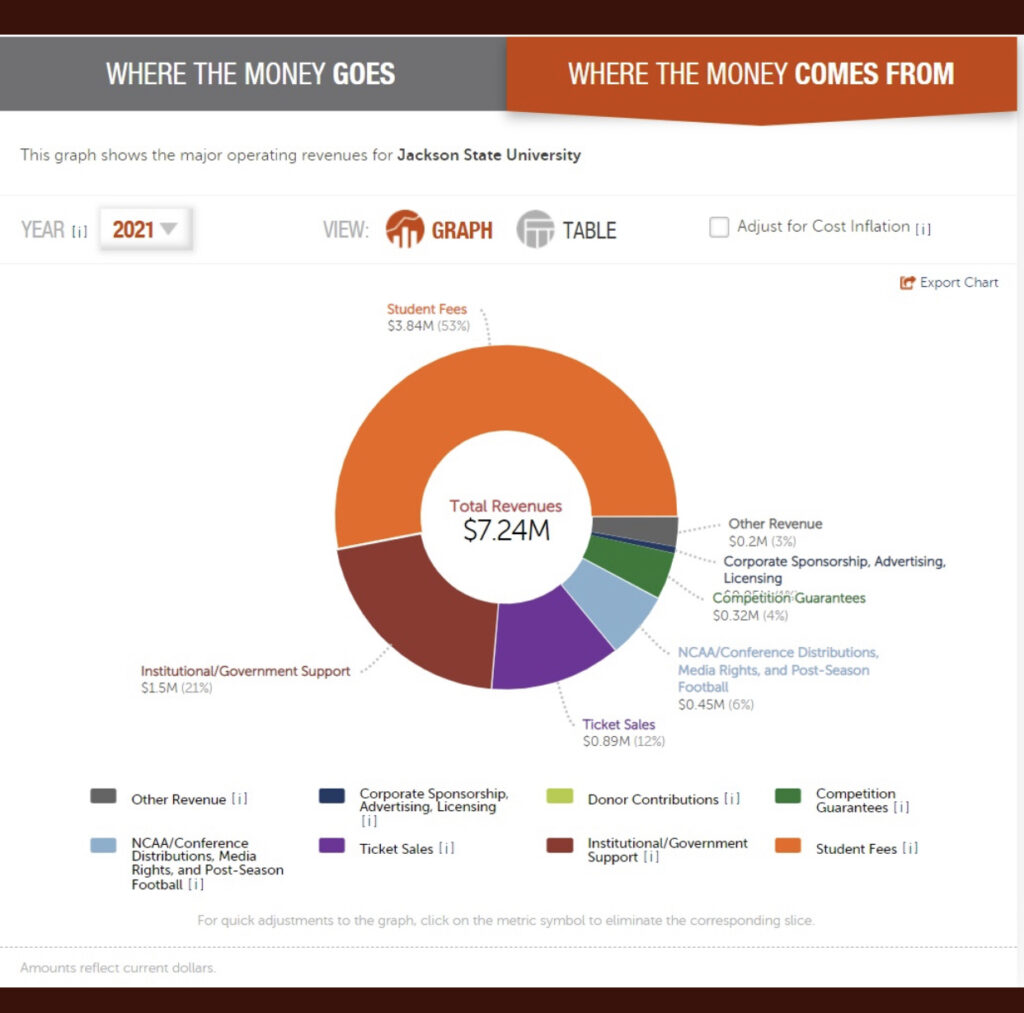
Take a look at the image above, and you’ll see that the majority of JSU’s financing comes from student fees, and ticket sales are among the lowest contributor to the school. Now, let’s see the foundation of Colorado’s financial beneficiaries:
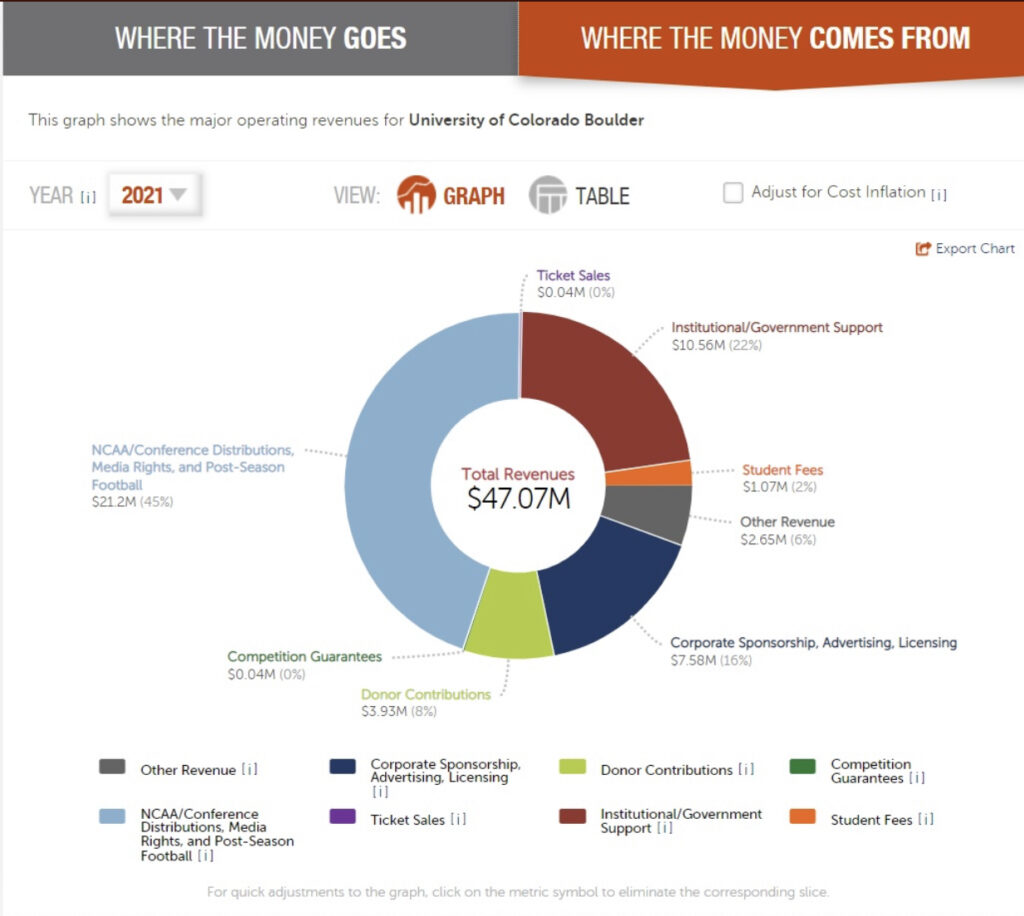
Student fees account for only 2% of overall revenue, whereas media rights, post-season fees and conference distributions are much higher. While it may not give the overall picture, it should provide a window into how different institutions at HBCUs and PWIs receive their funds. Not everything is so Black and white, but it shows that when it comes to the priorities, HBCUs focus is beyond the playing field.
Also, it’s interesting how much we decry PWIs for not hiring Black coaches, then create a stir when one gets a chance? For the SIAC, CIAA, SWAC and MEAC, this is a, pardon the pun, prime opportunity to build up the next level of coaches, so that when the next Deion Sanders moves on, we shouldn’t cry because they’re gone, but celebrate because they were here.

